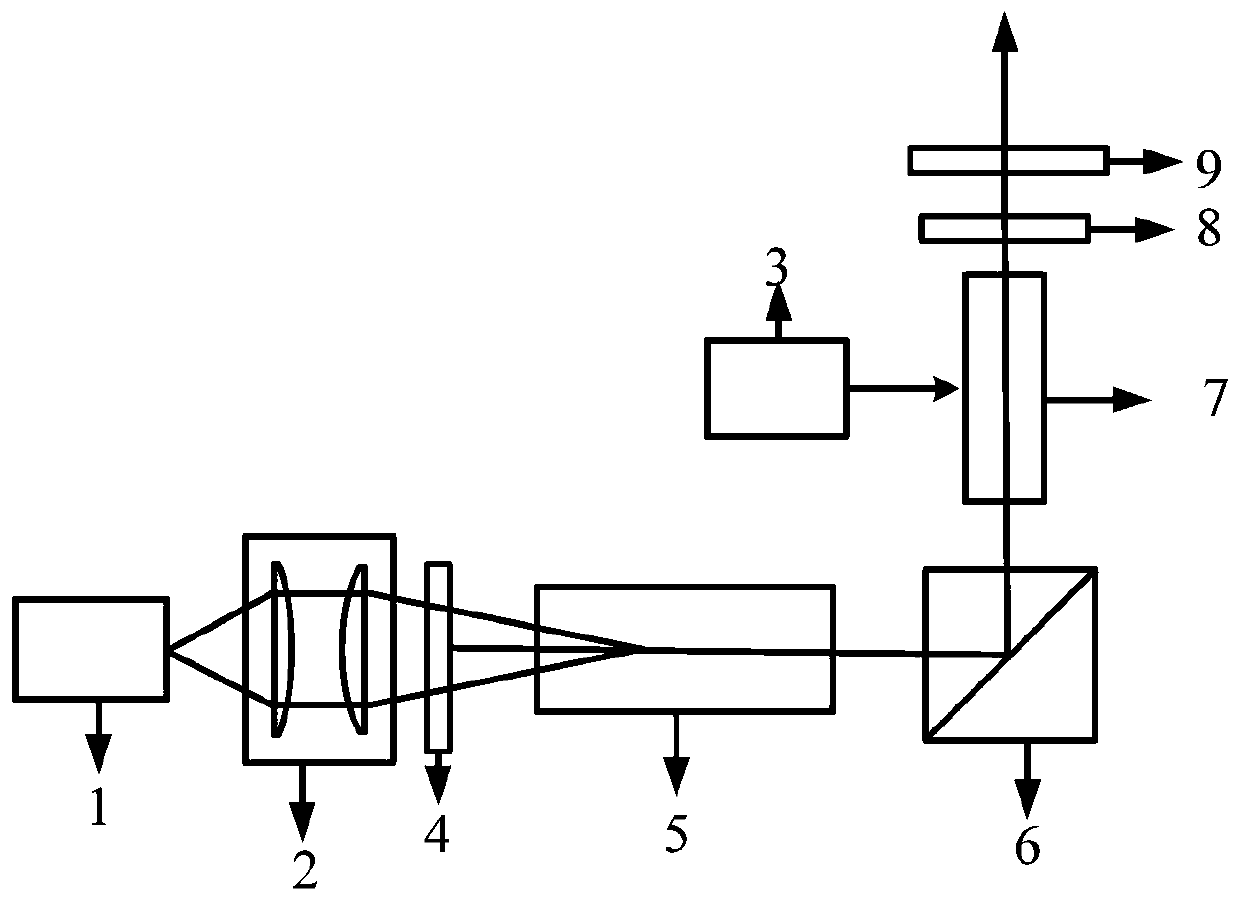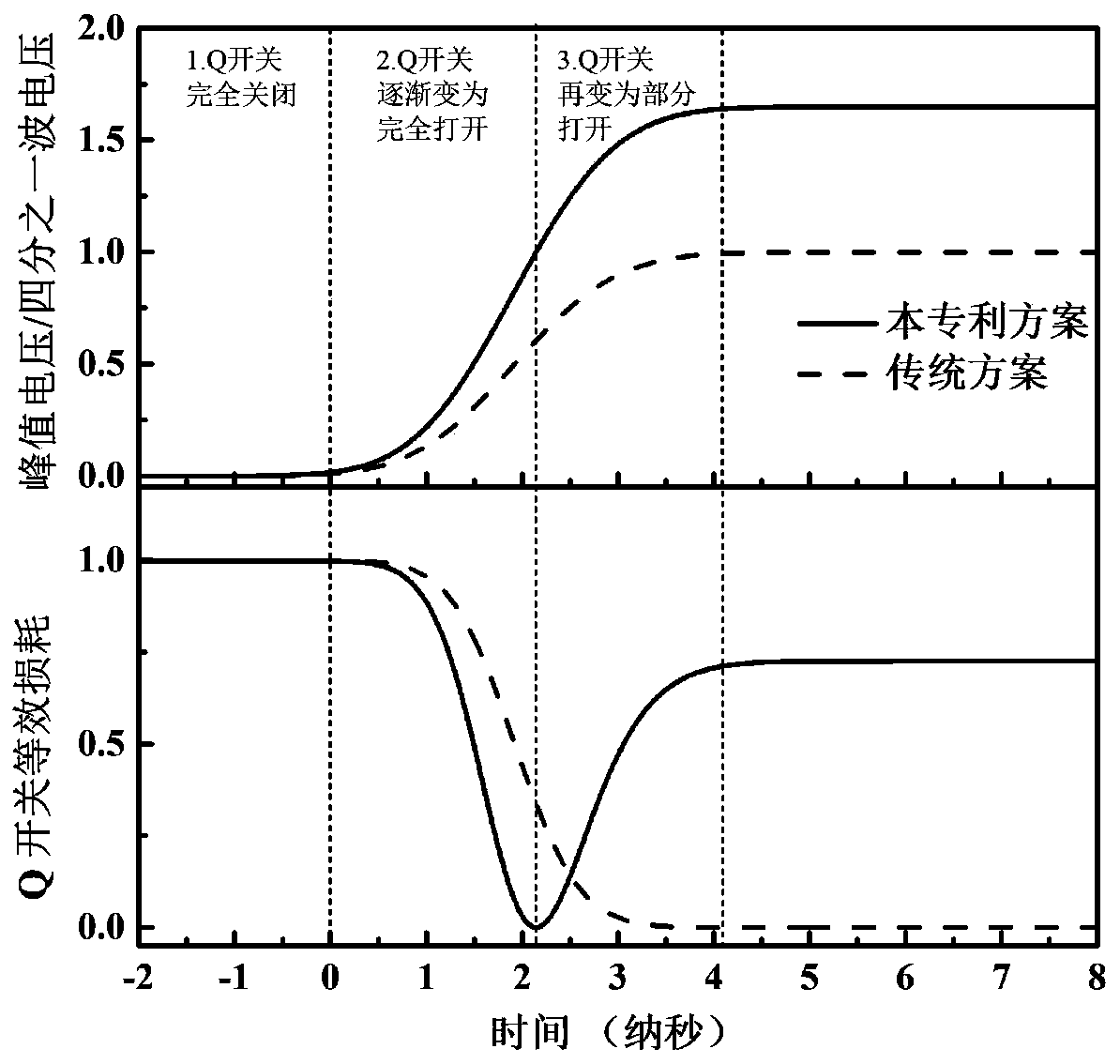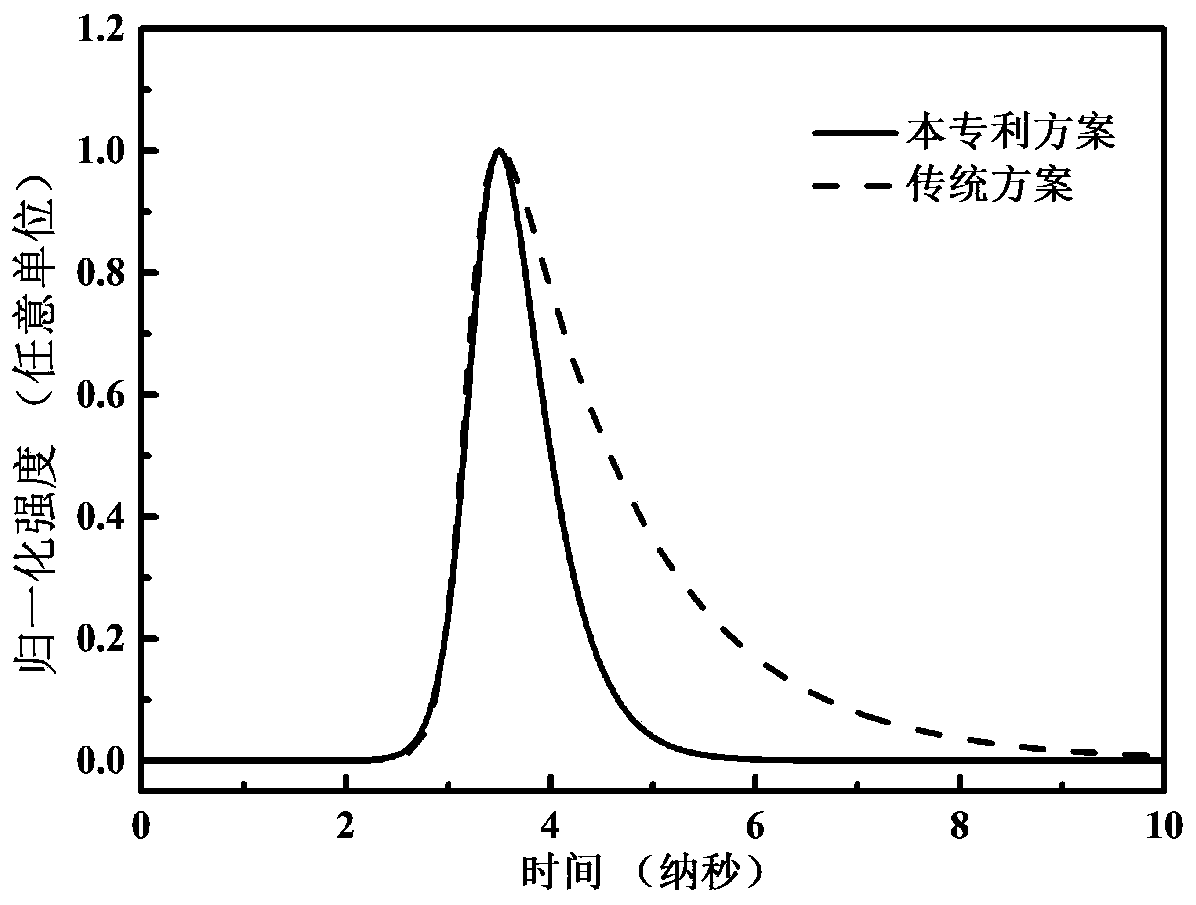A method of generating subnanosecond pulsed laser light
A pulsed laser, sub-nanosecond technology, applied in the laser field, can solve problems such as difficult to achieve sub-nanosecond laser output, high threshold, and increased resonant cavity length
- Summary
- Abstract
- Description
- Claims
- Application Information
AI Technical Summary
Problems solved by technology
Method used
Image
Examples
Embodiment Construction
[0020] The technical solutions in the embodiments of the present invention will be clearly and completely described below in conjunction with the drawings in the embodiments of the present invention. Obviously, the described embodiments are only a part of the embodiments of the present invention, rather than all the embodiments. Based on the embodiments of the present invention, all other embodiments obtained by those of ordinary skill in the art without creative work shall fall within the protection scope of the present invention.
[0021] The purpose of the present invention is to provide a method for generating sub-nanosecond pulsed laser, which is used to shorten the falling edge time of pulsed laser and realize the output of sub-nanosecond pulsed laser under the condition that the conventional resonant cavity is long and other components are not inserted.
[0022] In order to make the above-mentioned objects, features and advantages of the present invention more obvious and un...
PUM
| Property | Measurement | Unit |
|---|---|---|
| wavelength | aaaaa | aaaaa |
Abstract
Description
Claims
Application Information
 Login to View More
Login to View More - R&D
- Intellectual Property
- Life Sciences
- Materials
- Tech Scout
- Unparalleled Data Quality
- Higher Quality Content
- 60% Fewer Hallucinations
Browse by: Latest US Patents, China's latest patents, Technical Efficacy Thesaurus, Application Domain, Technology Topic, Popular Technical Reports.
© 2025 PatSnap. All rights reserved.Legal|Privacy policy|Modern Slavery Act Transparency Statement|Sitemap|About US| Contact US: help@patsnap.com



